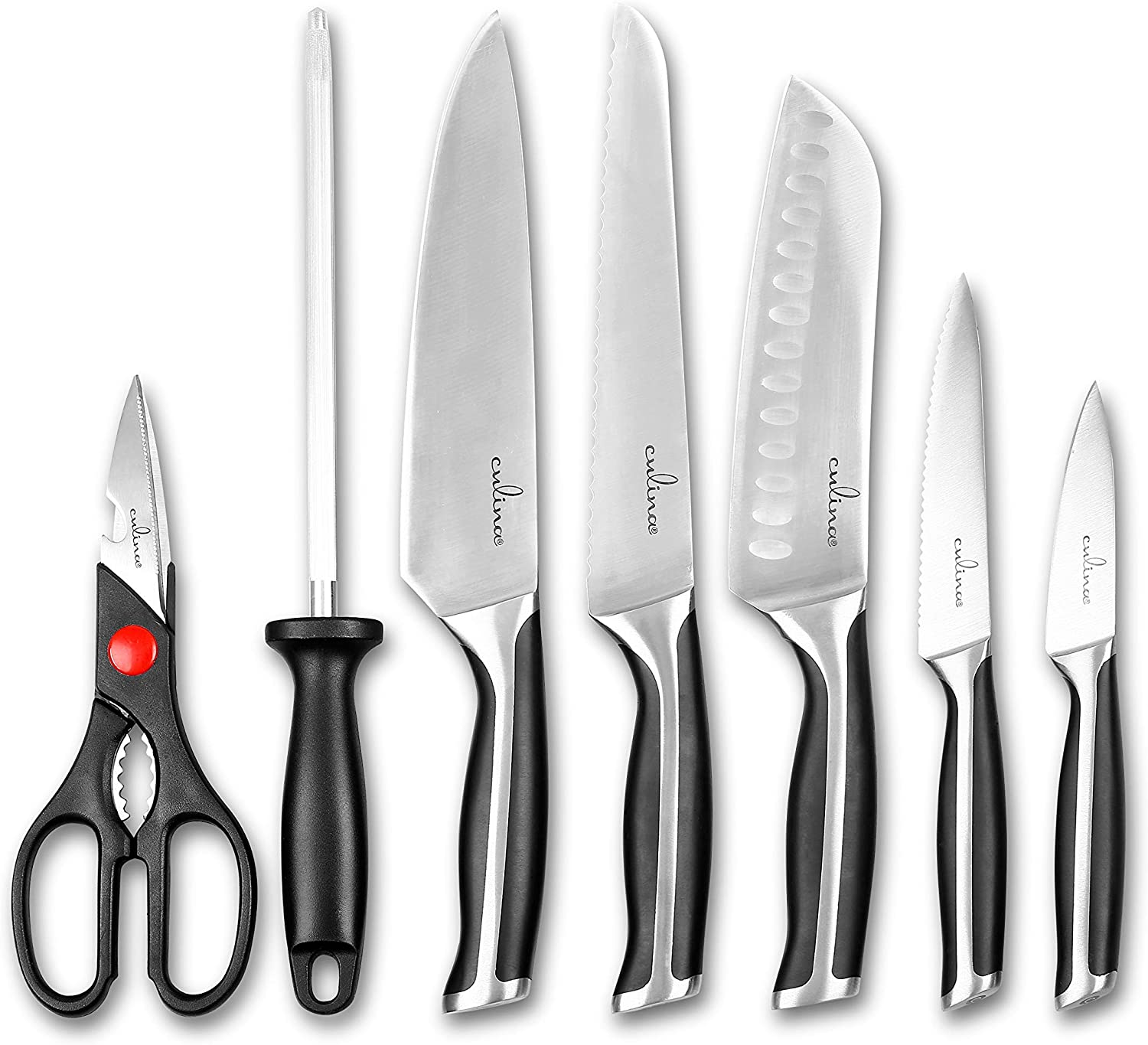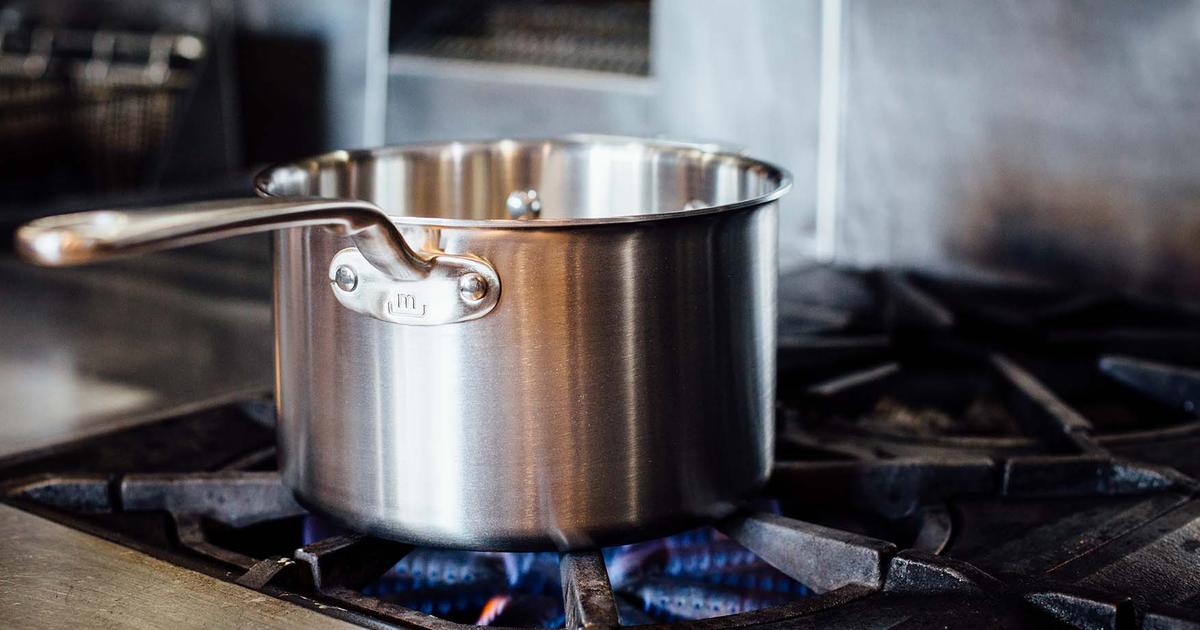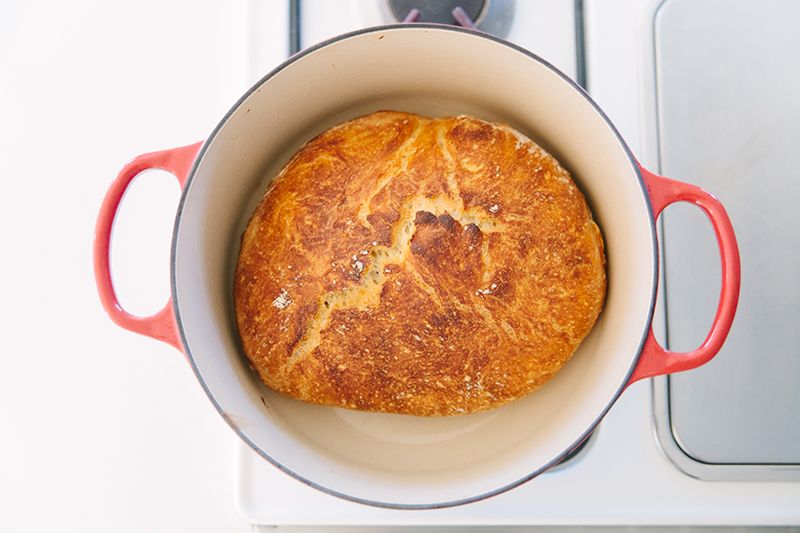When it comes to popping popcorn, many home cooks and professional chefs alike might gravitate towards microwave options or elaborate popcorn machines. However, **learning how to make popcorn in a saucepan** is a versatile technique that should not be overlooked. This method not only brings a freshly popped flavor but also allows cooks to control every aspect of the process, making it an essential skill for kitchen professionals.
In this comprehensive guide, we will delve into everything one might need to know about popping corn in a saucepan, exploring techniques, tips, and troubleshooting common issues that may arise.

Understanding the Basics of Popping Corn
Before diving into the process, let's understand what popcorn actually is. Popcorn kernels contain a bit of moisture inside their hull. When heated, the moisture turns to steam, causing pressure to build up. At about 180C (356F), the pressure causes the kernel to explode, transforming it into the fluffy snack known as popcorn. Understanding this helps kitchen professionals master the process, ensuring each batch is perfectly popped.

Why Use a Saucepan?
Using a saucepan for making popcorn has several advantages:
- Control: You can control the heat and the quality of the oil, resulting in a better flavor.
- Even Heating: A saucepan allows for even heat distribution, reducing the chances of burnt kernels.
- Versatility: The technique is quick and can adapt to different recipes, including adding seasonings and flavors.

Tools Needed for Making Popcorn
To successfully make popcorn in a saucepan, you will need the following tools:
- A good quality saucepan with a lid
- Popcorn kernels
- Oil (such as coconut, canola, or vegetable oil)
- Measuring spoons and cups
- Seasoning options (salt, butter, or flavored toppings)

Step-by-Step Guide: How to Make Popcorn in a Saucepan
Now, lets delve into the step-by-step procedure on **how to make popcorn in a saucepan**:
Step 1: Gather Your Ingredients
Start by gathering your tools and ingredients. Select high-quality popcorn kernels for the best results. Measuring out approximately cup of popcorn kernels is ideal for a standard saucepan.
Step 2: Prepare the Saucepan
Place your saucepan on the stove and add enough oil to cover the bottom. Generally, 2 to 3 tablespoons of oil should suffice. Choose an oil with a high smoke point such as canola or coconut to ensure optimal popping.
Step 3: Heat the Oil
Turn the heat to medium-high and wait for the oil to heat up. To check if the oil is hot enough, add a few kernels and cover the saucepan. When the test kernels pop, its time to proceed.
Step 4: Add the Kernels
Once the oil is hot, add the rest of the popcorn kernels in an even layer. Quickly cover the saucepan with a lid.
Step 5: Shake the PanAfter adding the kernels, gently shake the saucepan to distribute the heat evenly. This helps prevent burning and ensures that most of the kernels pop.
Step 6: Listen for Popping
Keep the lid on the saucepan, but slightly ajar to allow steam to escape, preventing the popcorn from becoming chewy. Listen for the popping sounds; once they slow down to about 2-3 seconds between pops, its time to remove the saucepan from the heat.
Step 7: Season and Enjoy!
Carefully remove the lid (watching for any escaping steam) and transfer the popcorn to a large bowl. Season it according to your preference with salt, melted butter, or any toppings of your choice.
Tips for Perfect Popcorn
- Temperature Matters: Adjust the heat as necessary to avoid burning the popcorn.
- Experiment with Seasonings: Dont be afraid to experiment with different flavors like garlic powder, cheese dust, or caramel.
- Clean Equipment: Ensure your saucepan is clean and dry to prevent any unwanted flavors.
- Storage: Store unpopped kernels in a cool, dry place to maintain freshness.
Common Issues and Troubleshooting
Sometimes, things might not go as planned when trying to make popcorn in a saucepan. Here are some common problems and how to solve them:
Problem: Kernels Aren't Popping
Check the age of your kernels; old kernels may not pop well. Ensure the oil is sufficiently hot before adding the kernels.
Problem: Burnt Popcorn
Burnt popcorn can result from cooking on too high a heat. Adjust the heat to medium and shake often.
Problem: Chewy Popcorn
If the popcorn is chewy, this is usually a result of trapped steam. Always leave the lid slightly ajar while popping.
Why Professionals Prefer Saucepan Method
For **kitchen professionals**, mastering techniques like how to make popcorn in a saucepan is crucial for creating a restaurant-quality snack. Using this method provides flexibility along with a satisfying, freshly made product that can be adapted to various dishes or served as-is for a delightful treat.
Additionally, you can pair them with complementary meals or utilize them in recipes like popcorn chicken, popcorn salad, or gourmet popcorn flavors.
Pairing and Serving Suggestions
Popcorn can be served in various ways. Here are several ideas:
- As a Snack: Serve it as a versatile snack during movie nights or events.
- Garnish: Use it as a garnish for soups or salads.
- Dessert: Create a dessert with sweet toppings, such as caramel sauce.
To check the versatility and quality of different types of saucepans, consider visiting this saucepan vs pot guide.
Conclusion
In conclusion, **how to make popcorn in a saucepan** is a valuable skill for both novice cooks and seasoned kitchen professionals. With the right tools and techniques, anyone can achieve perfect, airy popcorn with ease. The process allows for creativity with flavoring and seasoning, making it adaptable to various culinary contexts.
Never underestimate the impact of fresh popped popcorn in your culinary creations, whether it's as a standalone treat or as part of an intricate dish. As you continue to refine this skill, you'll find that the possibilities are abundant.
Frequently Asked Questions
1. Can I use other oils besides vegetable oil?
Yes, oils such as coconut, canola, and even olive oil can be used for popping popcorn. Just ensure they have a high smoke point.
2. How much popcorn can I pop at once in a saucepan?
Typically, cup of kernels is ideal for a standard saucepan.
3. Can I make popcorn without oil?
While oil helps with heat distribution and flavor, you can pop corn using water in a steam method, but it may not yield the same texture.
As an Amazon Associate, I earn from qualifying purchases.






Leave a comment
This site is protected by hCaptcha and the hCaptcha Privacy Policy and Terms of Service apply.